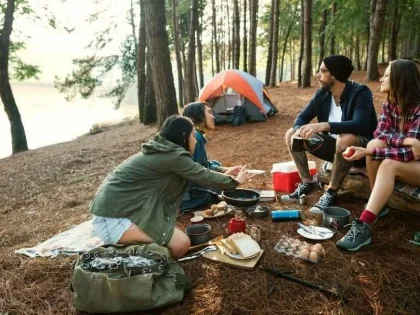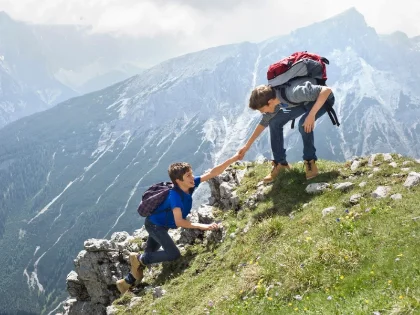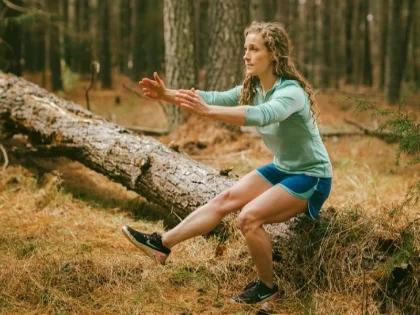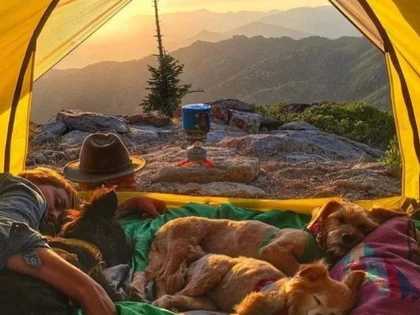Climbing and Hiking: Getting In Touch With Nature
Two of the greatest methods to get in touch with nature are hiking and climbing. Hiking tours with friends or going on your own solo adventure are both excellent ways to unplug from the grind of everyday life and make lifelong memories.
A walk might be as short as a quick stroll or as long as several days. When you go farther, in more difficult conditions (rocky terrain, high altitudes), a walk turns into a trip.
Ascending
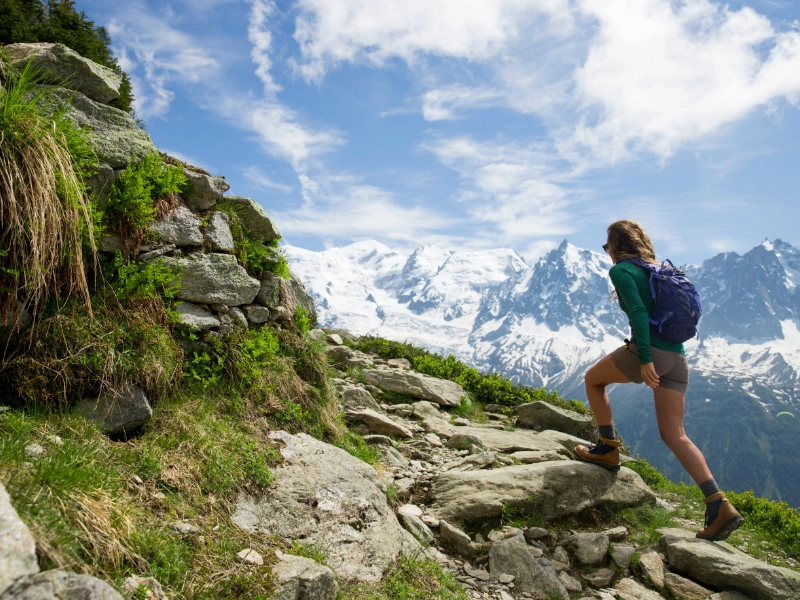
The sport of climbing challenges people of all ages and skill levels to climb natural or artificial rock walls, cliffs, or boulders. It's a fantastic way to make use of the wonderful outdoors and gain strength and confidence.
While many leisure climbers choose to go solo, rock climbing is also a very competitive activity in which athletes are able to pull off seemingly impossible feats of ability. Climbers should be well-trained and knowledgeable about the risks involved in the sport.
A competent coach can help climbers have fun, meet their objectives, and maintain their safety and well-being. A skilled climbing instructor can also impart skills and methods to climbers that may not be apparent to those who are new to the activity. One such instance is the use of chalk, which can harm the ecosystem if it contaminates the water and soil in a climbing region. Dan Mirsky, a FrictionLabs Pro, will be back soon with an article about sport climbing training methods and advanced redpointing.
Trekking
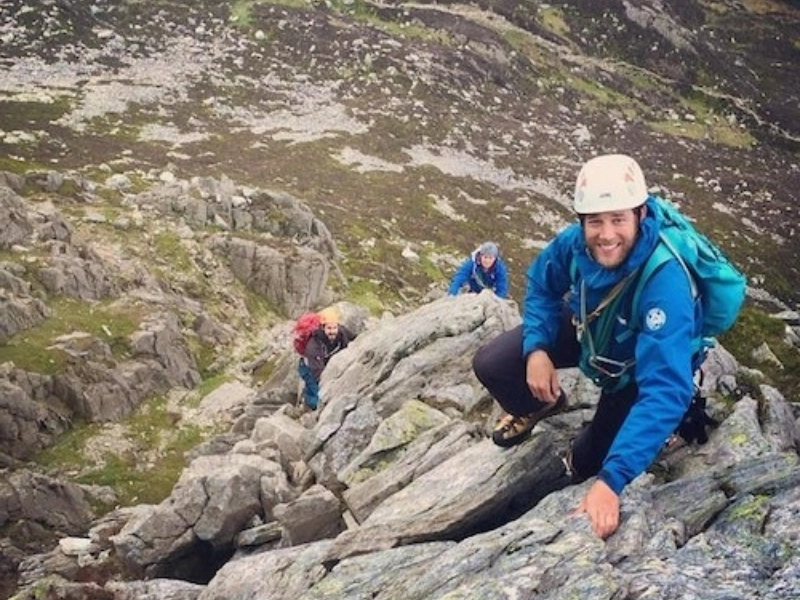
Hiking is a well-liked activity that allows you to fully experience nature, whether you're hiking a strenuous trail or a moderate one. It can be an excellent method to increase physical activity, reduce tension and anxiety, and even enhance mental well-being. It's a fantastic way to spend time with loved ones as well.
Hikers usually have a daypack filled with necessities and hike in hiking boots. They could journey in a group or alone. Numerous hikers embark on strenuous treks that offer difficulties in terms of topography, elevation, and distance.
If you're not prepared and don't have the appropriate equipment, hiking can be risky. Broken bones and serious sprains can result from trips on rough routes and steep hills. It's crucial to remember to bring emergency supplies, use sunscreen, and remain hydrated. Remember to give way to horses and bicycles as well. They might run into you since they won't see you approaching. Similarly, wear athletic clothing with wicking properties so that it won't chafe if you perspire or get wet.
Going camping
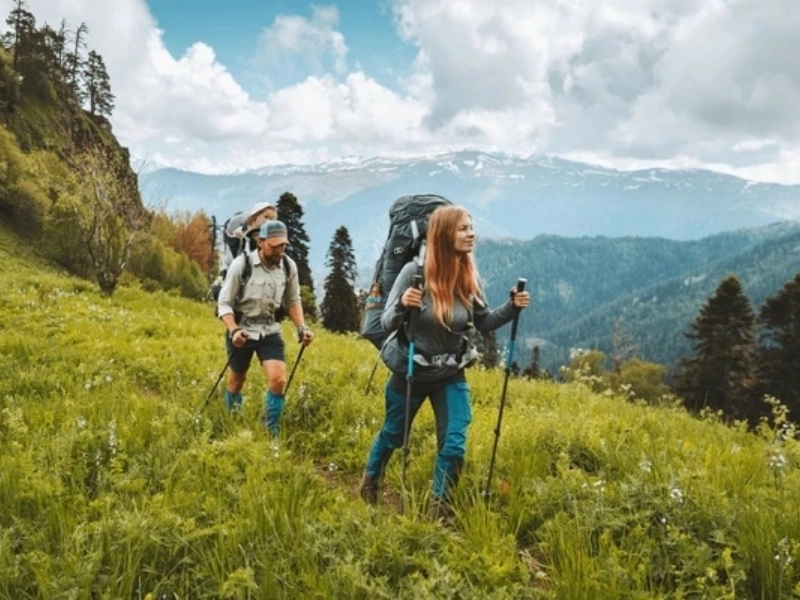
For those who enjoy exploring, hiking is an excellent type of exercise that involves traversing natural terrain. Hiking can be done for a single day or over several days. Hikers frequently carry a basic first aid kit, water, and food in a rucksack.
Long, multi-day hiking excursions are sometimes referred to as treks. Trekking differs from hiking in that it may present greater risks and be more difficult. It typically entails travelling greater distances, higher heights, and more challenging terrain.
Try hiking and camping if you're searching for an outdoor experience that will make your heart race! These are excellent things to do with friends, family, or coworkers in groups. To get started, gather the Ten Essentials—which include supplies for first aid, navigation, insulation, sun protection, and lighting—for your upcoming hiking or camping trip. To carry all of your sports climbing equipment, you'll also need a roomy rucksack, like Patagonia's Crag Daddy 45L bag.
Travelling by rucksack
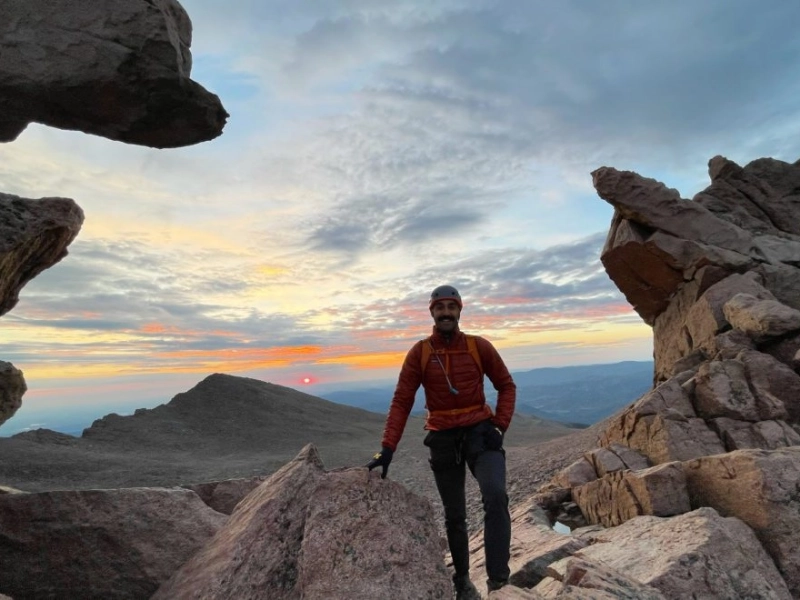
As a means of exercising and taking in the scenery, a lot of individuals begin hiking and backpacking. They then develop an addiction to it after realising how much it enhances their mental health. It has been demonstrated that being outside and in nature reduces stress and increases happiness.
A fantastic way to meet new people is to go hiking. On the road, making friends and even falling in love is simple. You can even go for a walk with the kids to teach them to be active and to recognise the beauty of nature.
Make sure you have the Ten Essentials with you for your upcoming walk. These supplies include clothes, food, drink, firewood, first aid supplies, navigational aids, shelter, and weatherproof gear. Prior to leaving, always check the weather and carry a compass in case you get lost. It's crucial to wear appropriate footwear to prevent twisted ankles and to shield your feet from jagged rocks and roots.


